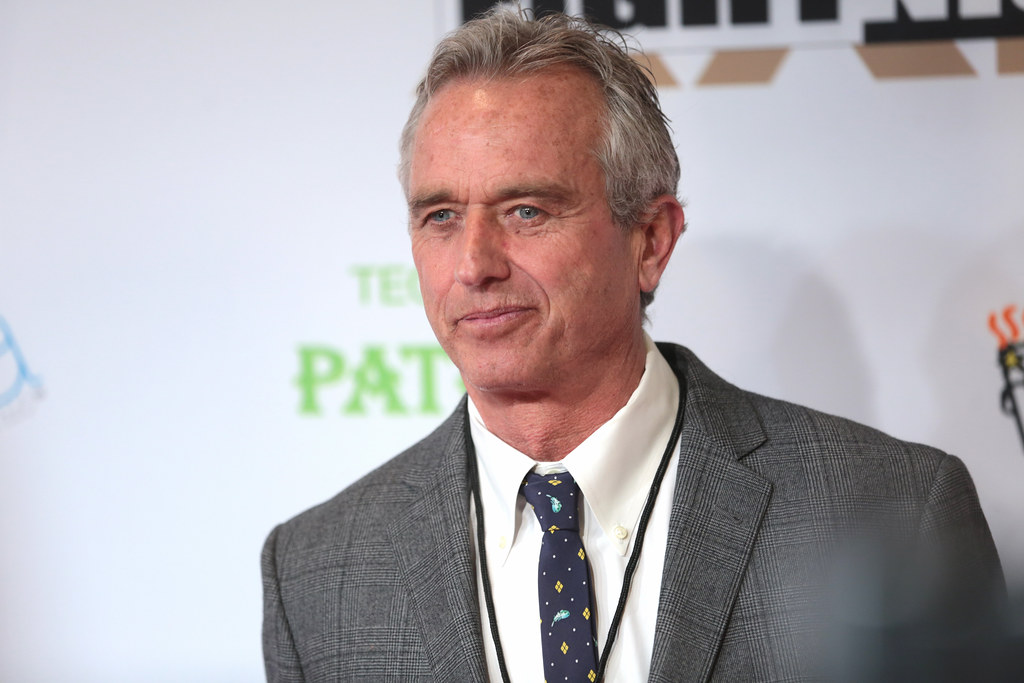Key Takeaways:
- Robert F. Kennedy Jr. links toxic chemicals in food to rising obesity and chronic diseases.
- He plans to remove nine synthetic dyes from the food supply within 18 months.
- Kennedy is known for controversial views, including pseudoscience claims.
- Obesity rates are soaring, particularly in young people.
- The plan may significantly impact the food industry and consumer choices.
Introduction: In recent statements, Robert F. Kennedy Jr. has pointed to toxic chemicals in food as the main culprit behind America’s growing health crisis. The Health Secretary aims to eliminate nine synthetic food dyes, believing they contribute to obesity and chronic diseases. This move, if successful, could reshape the food industry, but it’s not without controversy. Kennedy’s reputation for embracing pseudoscience adds another layer to the debate.
The Connection Between Food Dyes and Health: Synthetic food dyes are everywhere, from colorful cereals to vibrant snacks. While they make food more appealing, Kennedy argues they come with a health cost. These chemicals, often petroleum-based, can disrupt the body’s functions. Over time, this disruption may lead to serious health issues. As consumption of processed foods rises, so do related health problems, suggesting a possible link.
The Nine Targeted Chemicals and Their Impact: Kennedy’s list includes nine synthetic dyes he believes are harmful. These include Yellow No. 5 and Red No. 40. Research suggests these dyes might affect digestion, allergies, and even behavior. The long-term effects are still debated, but potential risks are concerning. Removing these from food could prevent future health issues, but the process is challenging.
The Controversy Surrounding Kennedy’s Claims: Kennedy’s stance is both praised and criticized. Some experts agree that synthetic additives can harm health, while others dismiss his views as unscientific. Critics highlight that moderated use of these dyes is safe. The controversy underscores the need for balanced discussion and thorough research.
What’s Next for Food Safety in America?: If Kennedy’s plan succeeds, food labels might change significantly. Natural alternatives could replace synthetic dyes, offering healthier options. However, the food industry may resist, fearing increased costs and reduced shelf life. The debate isn’t just about health; it’s about economics and consumer preferences.
Conclusion: Kennedy’s proposal sparks a crucial conversation about food safety. While the path ahead is uncertain, the focus on reducing harmful additives is clear. Whether through policy changes or consumer choice, the movement towards healthier food is gaining momentum. Staying informed and making conscious choices can lead to better health outcomes. The future of food safety is evolving, and everyone has a role to play.

